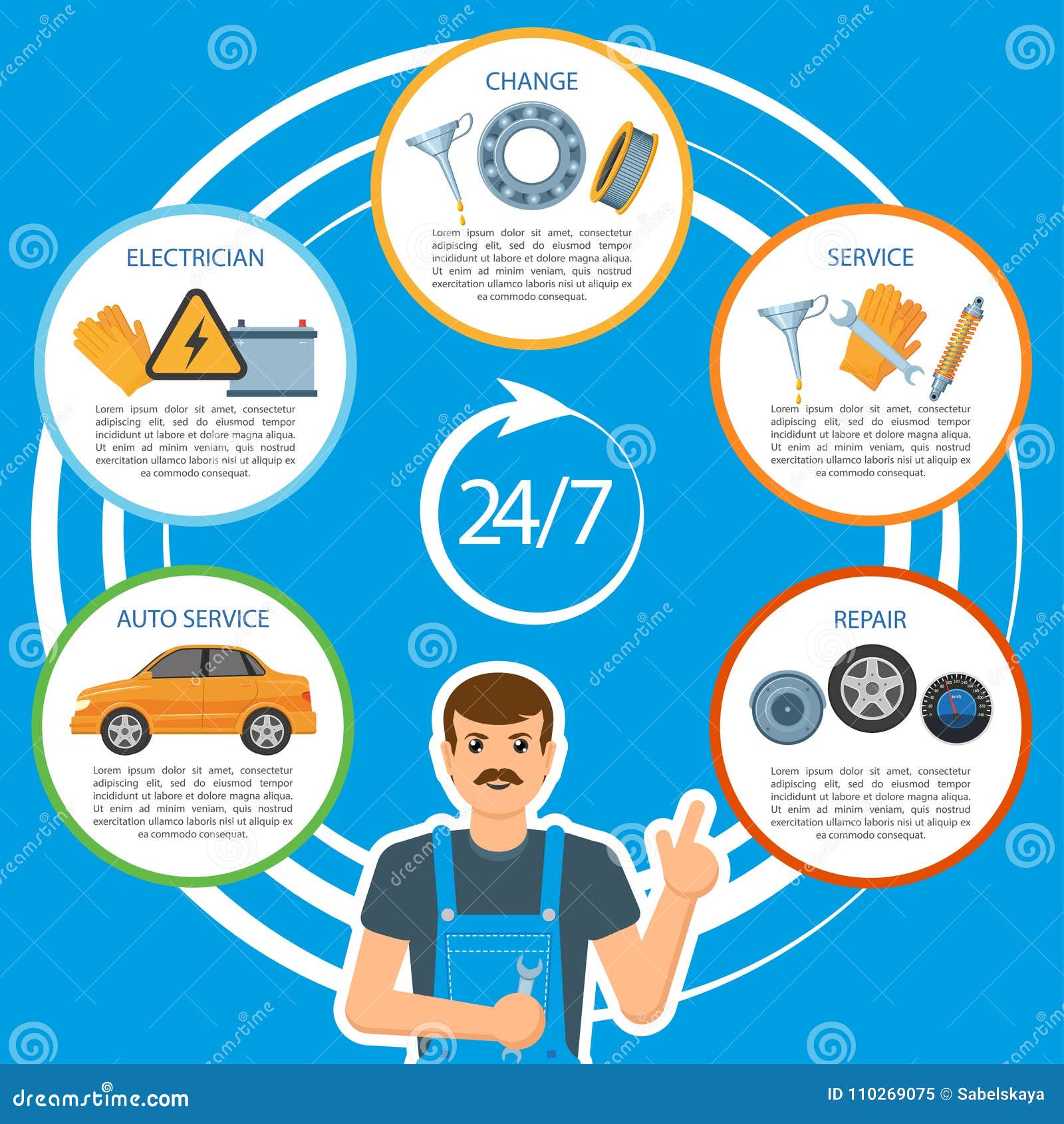When you lag the wheel, those radiant caution lights on your control panel can be a little bit difficult. Do you understand what they're trying to inform you about your automobile's health and wellness? Understanding the importance of these lights is crucial for your security and the long life of your automobile. So, the next time among those lights turns up, would not you wish to understand its message precisely and take the needed actions to resolve it?
Common Caution Lighting and Interpretations
Determine common warning lights in your auto and recognize their significances to make certain risk-free driving.
The most typical warning lights include the check engine light, which signifies issues with the engine or emissions system. If this light begins, it's crucial to have your car checked immediately.
The oil pressure cautioning light shows reduced oil pressure, calling for prompt attention to stop engine damage.
mouse click the following webpage flashing battery light might suggest a faulty charging system, possibly leaving you stranded if not attended to.
The tire stress tracking system (TPMS) light alerts you to low tire pressure, influencing automobile security and fuel performance. Overlooking this could result in risky driving problems.
The abdominal light shows a trouble with the anti-lock braking system, jeopardizing your ability to quit rapidly in emergency situations.
Lastly, the coolant temperature level warning light warns of engine overheating, which can lead to extreme damages if not resolved swiftly.
Recognizing these common warning lights will certainly assist you address problems promptly and maintain risk-free driving problems.
Relevance of Prompt Attention
Understanding the usual caution lights in your car is just the initial step; the relevance of promptly resolving these warnings can't be highlighted sufficient to ensure your safety when driving.
When a warning light illuminates on your control panel, it's your cars and truck's method of connecting a potential concern that requires attention. Disregarding these warnings can result in extra extreme issues down the road, compromising your security and potentially costing you extra in repairs.
Prompt interest to warning lights can prevent failures and accidents. As an example, a flashing check engine light could show a misfire that, if left unattended, might trigger damages to the catalytic converter. Addressing this immediately can save you from a costly repair work.
Likewise, a brake system alerting light may signal reduced brake liquid or used brake pads, important parts for your security when driving.
Do It Yourself Troubleshooting Tips
If you discover a caution light on your control panel, there are a few DIY fixing suggestions you can attempt prior to seeking expert aid.
The first step is to consult your vehicle's manual to recognize what the details caution light suggests. Often https://www.ratchetandwrench.com/articles/12468-nevada-shop-waitlisted-for-auto-parts can be as easy as a loosened gas cap activating the check engine light. Tightening automatic car wash near me might solve the trouble.
An additional usual problem is a reduced battery, which can activate various alerting lights. Examining the battery connections for rust and ensuring they're protected could repair the problem.
If a warning light lingers, you can attempt resetting it by disconnecting the car's battery for a few minutes and after that reconnecting it. In addition, examining your automobile's fluid degrees, such as oil, coolant, and brake liquid, can aid fix alerting lights connected to these systems.
Conclusion
Finally, comprehending your car's warning lights is vital for maintaining your car running efficiently and securely. By immediately resolving these signals and understanding what they mean, you can prevent costly repairs and potential failures.
Remember to consult your car's manual for certain information on each alerting light and do something about it as necessary to make sure a hassle-free driving experience.
Stay informed, remain risk-free on the road!
